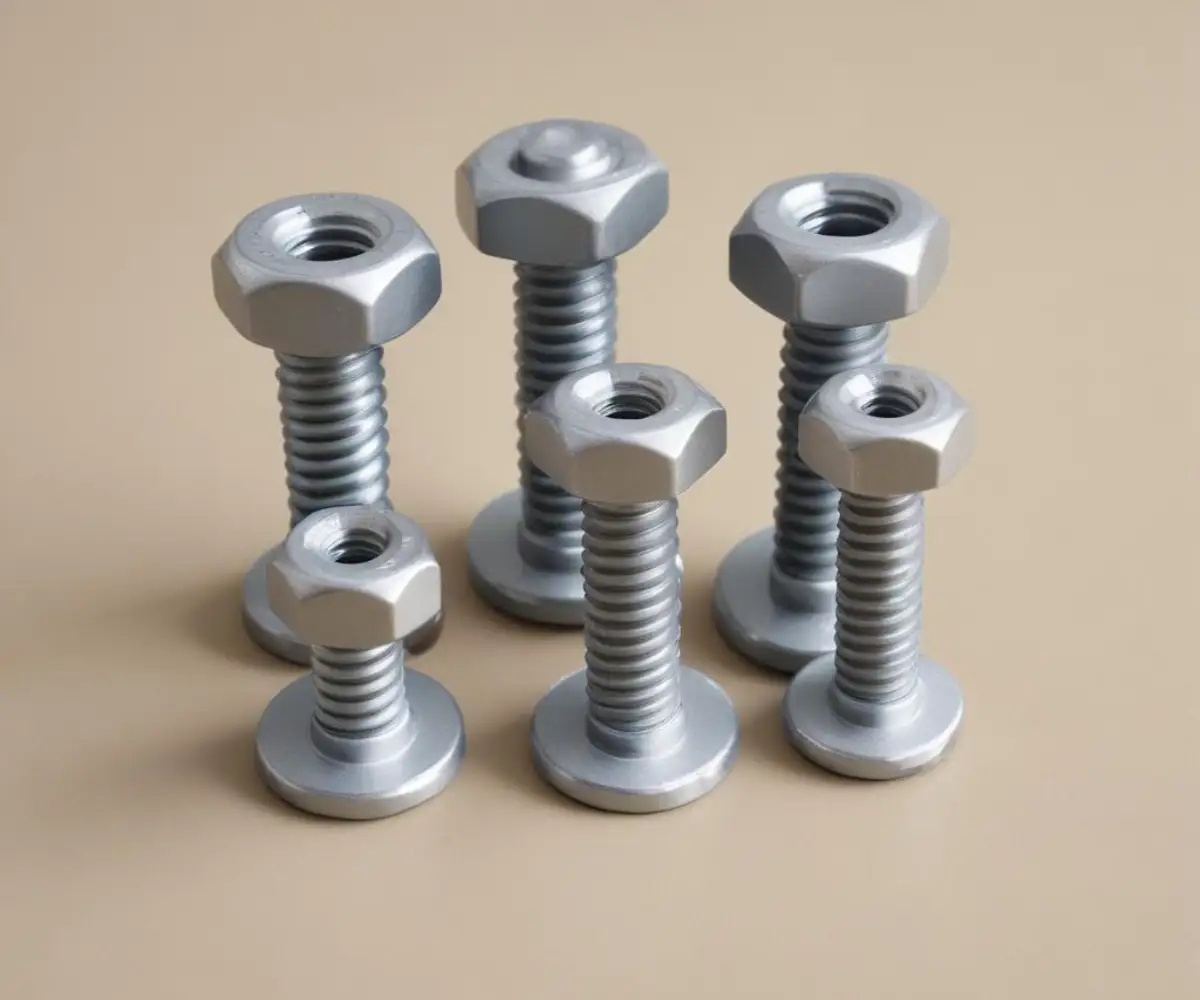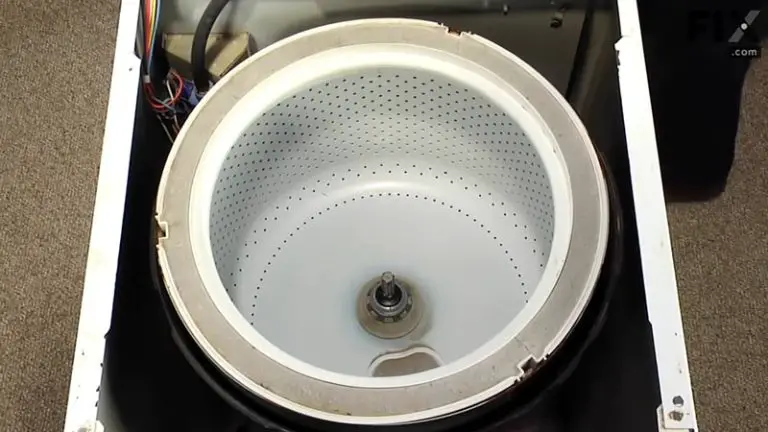Do You Need Dryer Shipping Bolts? The Surprising Truth
You’re ready to move, and the washing machine shipping bolts are safely stored. But what about the dryer? This simple question leads many down a rabbit hole of confusion, with the fear of a damaged appliance looming large. The answer, however, is not as straightforward as you might think and can save you from a major moving day headache.
The core problem is a common misconception. Washers, especially front-loaders, have heavy, suspended drums that can be easily damaged during transit. Shipping bolts are essential to lock these drums in place. Dryers, on the other hand, have a different internal structure, which often eliminates the need for these protective measures.
You'll Learn About
Why the Confusion? The Great Appliance Debate
The primary reason for the mix-up between washer and dryer transport needs comes down to how they are built. A washing machine’s tub is suspended within the machine’s frame by a system of springs and shock absorbers. This allows the tub to move and spin without shaking the entire appliance apart. However, during a move, this same system becomes a vulnerability. Bumps and vibrations can cause the drum to slam against the frame, leading to costly damage.
Dryer drums, in contrast, are typically supported by rollers and stabilized by a belt and motor system. This construction is inherently more rigid and less susceptible to damage from movement. Because of this fundamental design difference, most clothes dryers do not have or require shipping bolts. This is a critical distinction that many homeowners and even some movers overlook.
Front-Load Washers vs. Dryers: A Tale of Two Drums
The confusion is most pronounced when dealing with front-load laundry pairs. Front-load washing machines absolutely require shipping bolts to prevent damage to their sensitive suspension systems. Since dryers often have a similar outward appearance, it’s natural to assume they need the same preparation. This assumption, while logical, is incorrect in most cases and leads to wasted time and unnecessary stress.
While most dryers don’t need them, some models, particularly certain washer/dryer combo units or specific brands, might have them. These are the exception, not the rule. The best course of action is to always consult your appliance’s user manual before a move. If you’ve misplaced the manual, a quick search on the manufacturer’s website with your model number will usually provide the answer.
The Solution: A Step-by-Step Guide to Safely Moving Your Dryer
Even though you probably won’t need shipping bolts, moving a dryer still requires care and proper technique to avoid damage to the appliance, your home, and yourself. Follow these steps for a smooth and safe move.
Step 1: Confirm if Your Dryer Needs Shipping Bolts
Before you do anything else, verify whether your specific dryer model is one of the rare exceptions that requires shipping bolts. Check the back of the appliance for any pre-threaded holes that might indicate where bolts would go. Your owner’s manual is the most reliable source for this information. If you’re still unsure, contact the manufacturer’s customer support for clarification.
If your dryer does require them and you’ve lost the originals, you can often order replacements directly from the manufacturer or an appliance parts retailer. Do not attempt to use makeshift bolts, as this can cause more harm than good.
Step 2: Gather Your Moving Supplies
Proper preparation is key to any successful move. Before you start disconnecting your dryer, make sure you have the right tools and materials on hand. This will prevent you from scrambling at the last minute and ensure a safer process.
You will need an appliance dolly, moving blankets or bubble wrap, packing tape or plastic wrap, and potentially a wrench or pliers depending on your connections. Using an appliance dolly is crucial for preventing personal injury and protecting your floors.

Step 3: Disconnect and Clean Your Dryer
Safety is paramount when disconnecting any appliance. For an electric dryer, simply unplug the power cord from the wall. For a gas dryer, you must first shut off the gas supply valve before disconnecting the gas line. If you are not comfortable doing this, it is highly recommended to hire a qualified professional.
Once disconnected, clean the dryer thoroughly. Remove the lint filter and clean it, then vacuum out the lint trap housing. Wiping down the interior and exterior will prevent dust and grime from spreading during the move.
Step 4: Protect and Secure the Appliance
With the dryer disconnected and clean, the next step is to protect it for transport. Tape the dryer door shut to prevent it from swinging open. Use moving blankets or bubble wrap to cover the entire appliance, securing it with packing tape or plastic wrap. This will protect it from scratches and dents.
Pay special attention to the corners and control panel, as these are the most vulnerable areas. This protective layer also helps safeguard your walls and doorframes as you maneuver the heavy appliance out of your home.
Step 5: Use Proper Lifting and Moving Techniques
Never try to lift or move a dryer by yourself. With the help of another person, carefully tilt the dryer and slide an appliance dolly underneath. Secure the dryer to the dolly with moving straps. Always keep the dryer in an upright position during the move to prevent any internal damage.
When loading it onto a moving truck, place it against a wall and secure it with straps to prevent it from shifting during transit. Thinking about the logistics and potential expenses of moving bulky items can be daunting; understanding the cost to move a washer and dryer can help you budget accordingly, whether you do it yourself or hire professionals.
Comparing Transport Needs: Washer vs. Dryer
To further clarify the differences in moving preparation, here is a simple comparison table that highlights the key distinctions between transporting a washing machine and a clothes dryer.
| Feature | Washing Machine (Front-Load) | Clothes Dryer |
|---|---|---|
| Shipping Bolts Required? | Almost always, to protect the suspended drum. | Almost never, due to a more rigid drum support system. |
| Primary Moving Risk | Damage to the suspension system, bearings, or tub from internal movement. | External damage (dents, scratches) and potential damage if not kept upright. |
| Key Preparation Step | Installing the correct shipping bolts to immobilize the drum. | Securing the door and wrapping the unit to protect the exterior. |
| Consequence of Improper Prep | Severe internal damage, rendering the machine inoperable and voiding warranties. | Cosmetic damage or issues with the drum alignment if transported improperly. |
What If You Can’t Find Your Dryer’s Manual?
In the digital age, losing a physical manual is no longer a major obstacle. Most appliance manufacturers have extensive online support sections where you can download a PDF version of your user manual. You’ll typically need the model number, which is usually found on a sticker inside the door, on the back, or on the side of the unit.
If you can’t find the manual online, a quick call to the manufacturer’s customer service line should provide the answer you need. When in doubt, it’s always better to take a few extra minutes to confirm than to risk damaging your appliance.
Expert Tips for a Hassle-Free Appliance Move
Moving heavy appliances is a task that requires careful planning and execution. Beyond the question of shipping bolts, there are several other factors to consider to ensure your washer and dryer arrive at your new home in perfect working condition.
Plan Your Route in Advance
Before you even start moving the dryer, take the time to plan your exit route. Measure doorways, hallways, and stairwells to ensure the appliance will fit. Clear the path of any obstacles, such as furniture, rugs, or boxes, to create a safe and clear walkway.
This simple step can prevent a lot of frustration and potential damage. It’s much easier to move an appliance through a clear path than to try to navigate around obstacles while carrying a heavy load.
Protect Your Home
Your appliances aren’t the only things at risk during a move; your home is too. Protect your floors by laying down cardboard, old blankets, or floor runners along the moving path. Use corner guards on walls and doorframes to prevent scrapes and gouges.
These small preventative measures can save you from costly repairs after the move is over. A little bit of preparation goes a long way in protecting both your belongings and your property.
Reinstallation and Testing
Once you’ve moved your dryer to its new location, the process isn’t over. Proper reinstallation is just as important as the move itself. When setting up the dryer, make sure it is level to prevent vibration and noise during operation. Use a level to check it from front to back and side to side, adjusting the leveling feet as needed.
Reconnect the vent duct, ensuring it is free of kinks and has the shortest, most direct path to the outside. A clean and properly installed vent is crucial for both drying efficiency and fire safety. After everything is connected, run a test cycle to ensure the dryer is working correctly before you use it for a full load of laundry.

